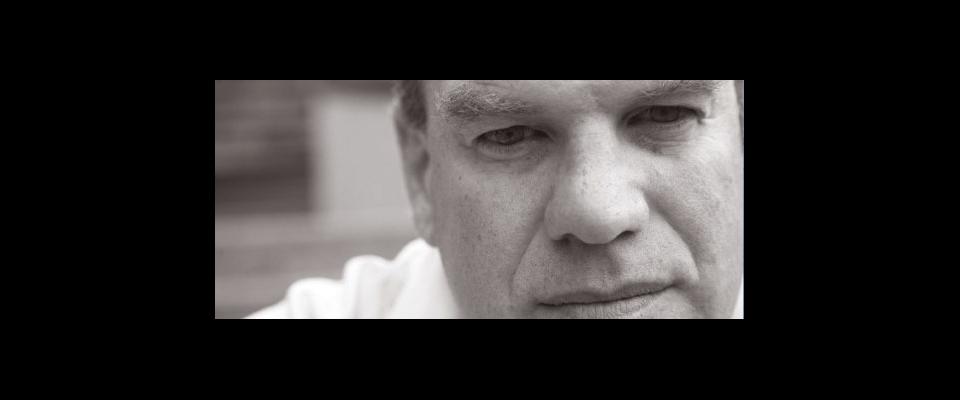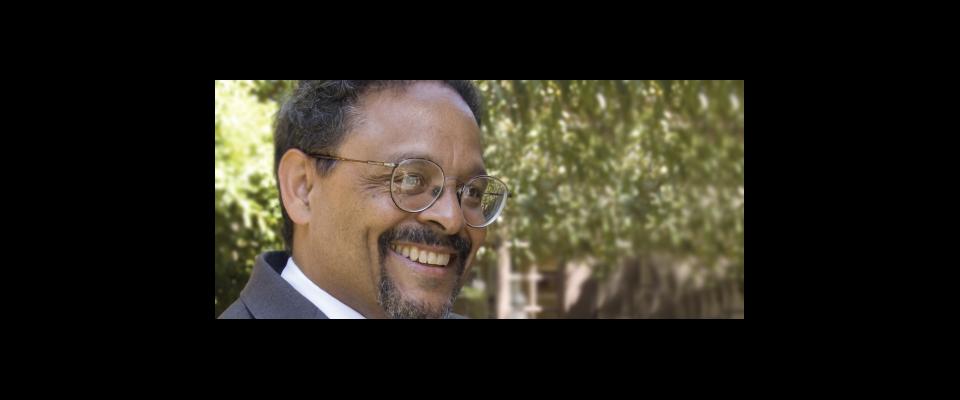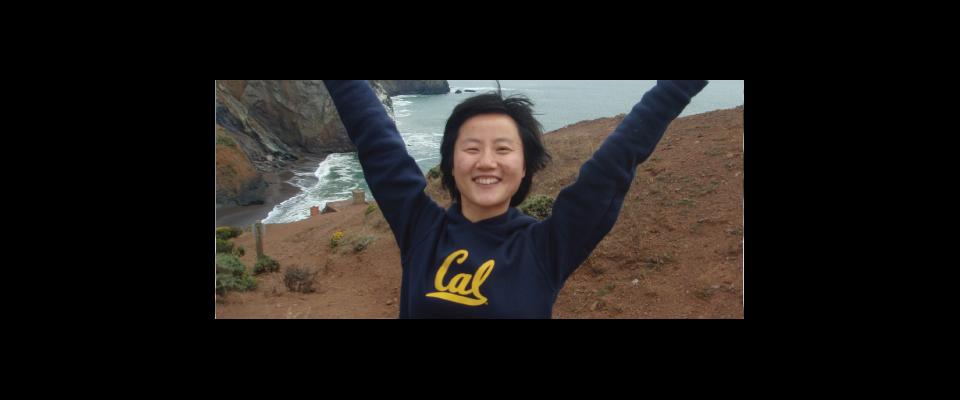David Simon laments the fate of newspaper journalism.
David Simon, creator, producer, and writer of the critically acclaimed television drama, The Wire, was on campus in September as writer-in-residence at the graduate school of journalism. A former reporter for the Baltimore Sun, Simon took a buyout offer from the paper in 1995. By that time, he had already seen one book—Homicide—adapted for network television and was working on another, The Corner, which he later turned into a mini-series for HBO. Even with his amazing success in television, however, it’s clear that Simon’s heart—broken and bitter though it may be—remains in the newsroom. California magazine caught up with Simon in the office of Journalism Dean Neil Henry to talk about newspapers, television, and the art of telling stories.
California Magazine: You still remember your early days on the police beat at the Sun?
David Simon: I remember the first week I had two murders on the 700 block of George Street. I didn’t know what that was, but it was remarkable that I had two separate incidents in a 12-hour shift on that block. The night editor said, “That’s the Murphy Homes. When you don’t have a murder on the 700 block of George Street, it’s news.”
CM: Did that make you cynical about the job?
DS: The only thing that I was cynical about at a very early point was I didn’t believe very strongly that journalism could change anything. And that’s not why I was in it. I was in journalism to bring the best, most honest story I could back to the campfire and see if I could hold people’s attention.
CM: So, did the newsroom break down into the storytellers and those out to change the world?
DS: I think most reporters just want to get it right and get it good. There was certainly a coterie of people who were prisoners of the prize culture and didn’t so much care if the stories were true or nuanced or subtle. What they needed was impact. That was the great code word in the ’80s and ’90s—impact journalism.
The Baltimore Sun, when I got there, was a little bit of a stodgy gray lady, and she didn’t go too far out of her way to impress prize committees.
CM: Did you love it in that form?
DS: I wanted it to be less stodgy. And when a new manager came in, we were all hopeful. Times Mirror bought us and for a while, they didn’t overturn the local management, but eventually they did. And then they began having buyouts … and a lot of the institutional memory of the place disappeared. Suddenly, you would see stories written for out-of-towners—long pieces on this remarkable sport of lacrosse. Do you know it’s a big deal in Maryland? Who knew?
CM: When you took your buyout, was there a novel in the drawer?
DS: I had already written the book Homicide and I was writing and reporting The Corner. I had a job offer at the [Washington] Post, but I had to finish the draft of The Corner, so I figured, well, I’ll take a job with Homicide, which was filming in Baltimore and was based on the first book. That taught me a whole bunch of new job skills that I didn’t really take seriously.
CM: Were you still planning to go back to daily journalism?
DS: After Homicide, the only thing that kept me in television was The Corner had come out, and I had seen what could happen when television gets hold of a book. Listen, I sold probably 30,000 copies of Homicide until it became a television show. And then it got maybe ten times as many readers. So I just wanted to make The Corner as a means of getting that book better read.
After The Corner turned out well, they basically said, “What else do you have?” And I talked to Ed Burns about what we hadn’t said about the drug war and we came up with the idea of The Wire. And it’s just been a big crack pipe in my mouth ever since.
CM: You talked about wanting to tell the best story you could…. In that sense, has it been liberating doing TV?
DS: Yeah, but don’t confuse this. I’m not conflating drama with journalism. Journalism is not made up. At least when it’s honest, it’s not. But the impulse behind what I’m doing in television is at least journalistic.
CM: Where do you get your news now?
DS: I get the New York Times at home. When I get interested in a story, I get online and I pursue everything there is and I don’t pay anybody for it, which is the problem. It is just stunning what those leading the industry failed to understand about the Internet. If you could indict somebody for driving an industry into the ground, these guys would all be in jail. Instead, they all got bonuses.
CM: When we started this conversation, you said you had no illusion that journalism could change the world.
DS: No, but I thought it could be true. And once you commit to that, then you can tell a story of some sophistication, because the truth about impact journalism is that it requires that you ignore the nuance and the contradictory nature of truth. You have to pick a side and hammer against an obvious outrage and get out clean.
You know, what made journalism an adult game was reporters actually trying to figure out the “why.” All those other elements—the who, what, when, where, how—that’s like, OK, you’ve got that part down? Good. You might as well be 14 years old. The adult part is: What does it mean? Why is this happening? When I got into journalism, that was the ambition. Now, because of the culture that emphasized impact rather than serious analysis, the why is diminished.





















